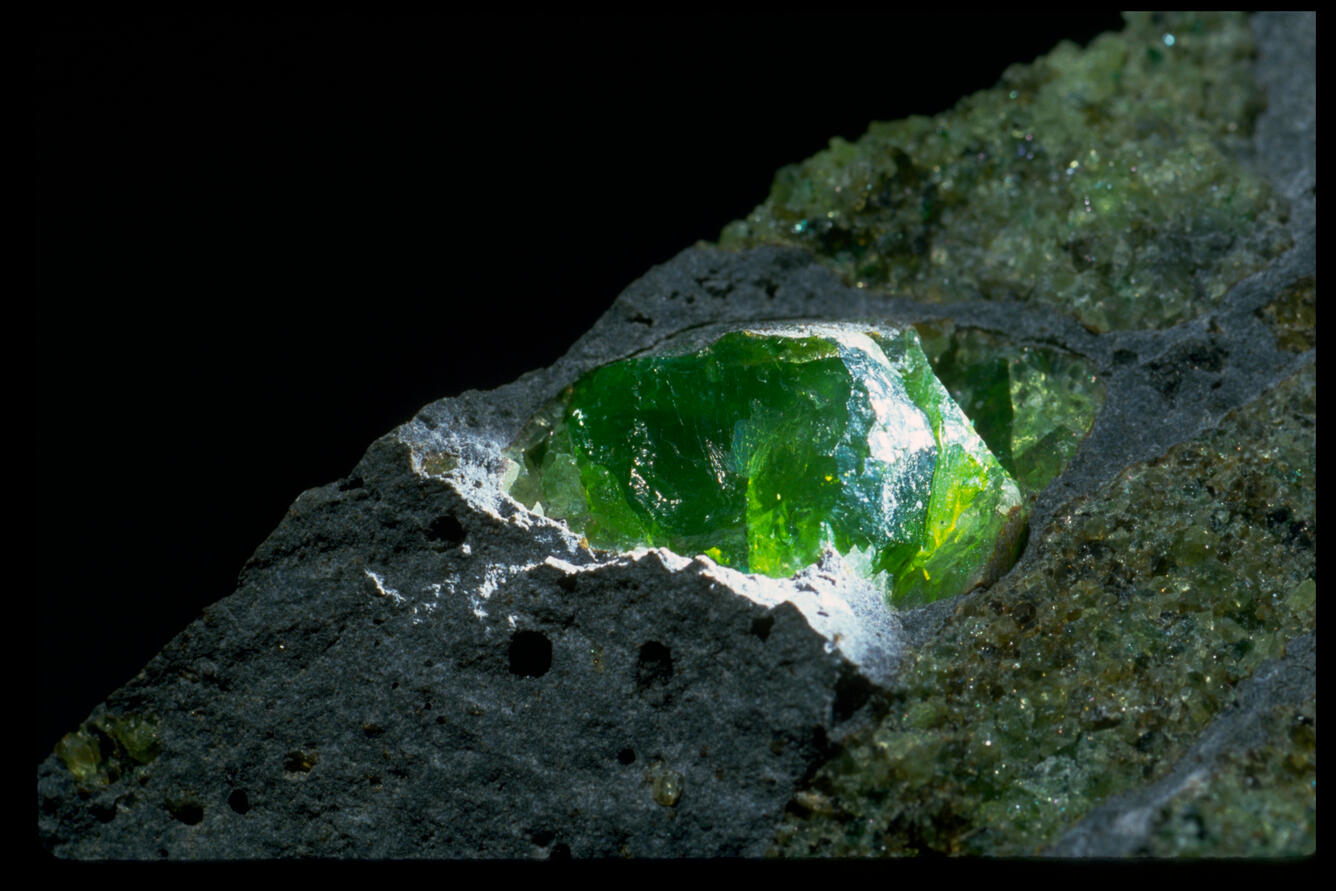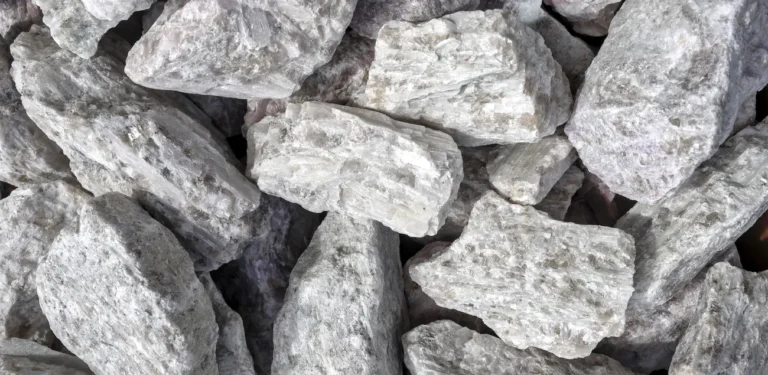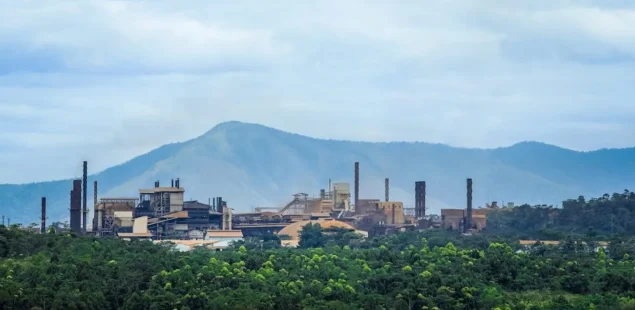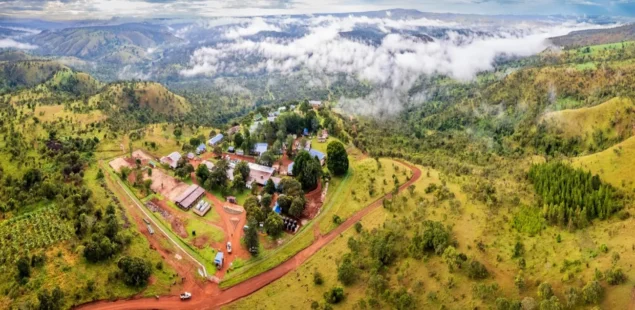
First Atlantic Nickel has formed a research partnership with the Colorado School of Mines to evaluate the potential of geologic hydrogen in two ophiolite complexes in Newfoundland, Canada: the St. Anthony Ophiolite Complex (Atlantis Project, 103 km²) and the Pipestone Ophiolite Complex (Atlantic Nickel Project, 71 km²). Both sites are 100% owned by First Atlantic and contain ultramafic rock formations rich in awaruite-bearing serpentinized peridotites, which are associated with hydrogen production through natural geological processes.
The company’s core operations remain focused on exploring and drilling for awaruite, a naturally occurring nickel-iron alloy that can be processed without smelting. This offers a domestic source of nickel with lower environmental impact and enhances North America’s critical minerals supply chain. The hydrogen research partnership leverages existing exploration data to evaluate potential for natural hydrogen resources in tandem with ongoing nickel exploration.
Geologic hydrogen, often referred to as “white hydrogen,” is produced when ultramafic rocks like peridotite react with water through serpentinization, releasing hydrogen gas. Awaruite forms during this process, making it an indicator mineral for hydrogen-rich environments. The company’s properties in Newfoundland are considered prospective due to the presence of awaruite and the geological characteristics of the ophiolites.
The Atlantis Project contains flat-lying thrust sequences of oceanic lithosphere, including large sections of serpentinized peridotite. Historical work identified nickel and chromium mineralization, and more recent exploration has confirmed the presence of awaruite. The shallow structure offers accessible targets for hydrogen research.
The Atlantic Nickel Project features steeply dipping ultramafic formations with depth potential. A recent discovery at the RPM Zone revealed over 380 meters of serpentinized peridotite with disseminated awaruite, suggesting deep and continuous hydrogen-producing conditions. This makes the site suitable for studying hydrogen retention and extraction potential under lithostatic pressure.
Global analogs, such as the Samail Ophiolite in Oman and the Bulqizë Mine in Albania, have demonstrated the capacity of ophiolite-hosted systems to generate and retain hydrogen. Research efforts at First Atlantic’s projects will examine similar dynamics and test the feasibility of extracting hydrogen through stimulation techniques.
The research program will apply multidisciplinary methods including geophysical surveys, hyperspectral imaging, gas and soil sampling, and detailed petrographic analysis to build a 3D model of hydrogen distribution. Colorado School of Mines brings deep expertise in mineral and energy systems, with ongoing geologic hydrogen research funded by ARPA-E and industry partners.
Awaruite’s presence in both projects has broader implications for nickel supply. Unlike traditional nickel sources, awaruite can be processed via magnetic separation and floatation, avoiding smelting and reducing emissions. This could support compliance with new U.S. Inflation Reduction Act rules, which limit use of critical minerals processed by foreign entities of concern.



